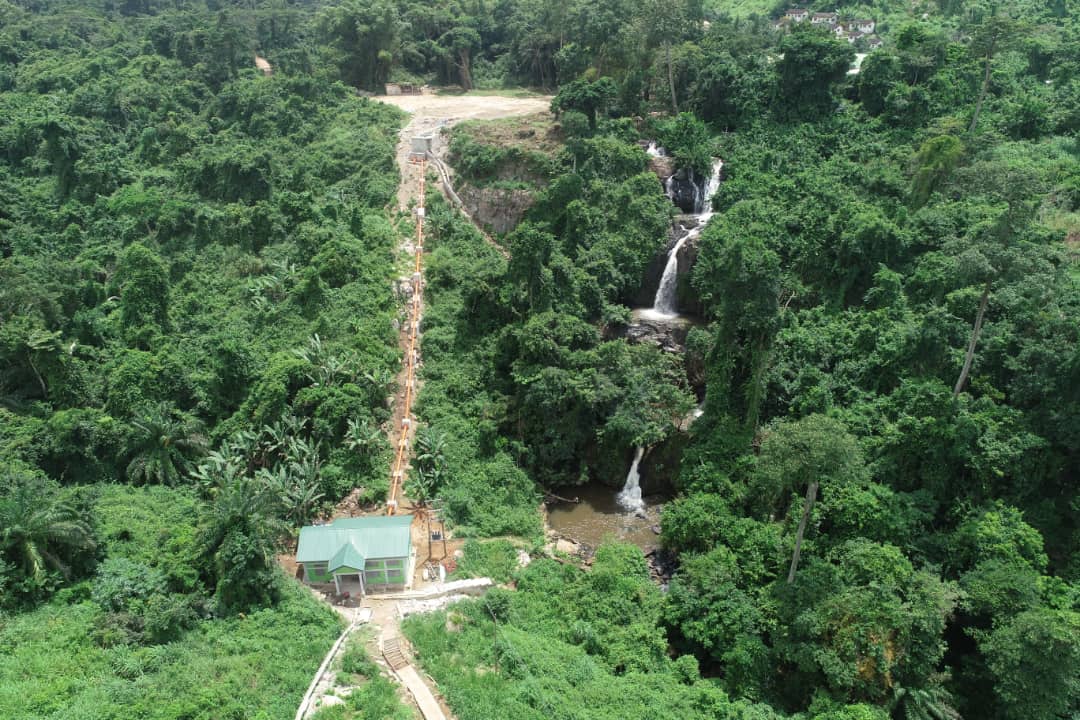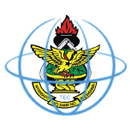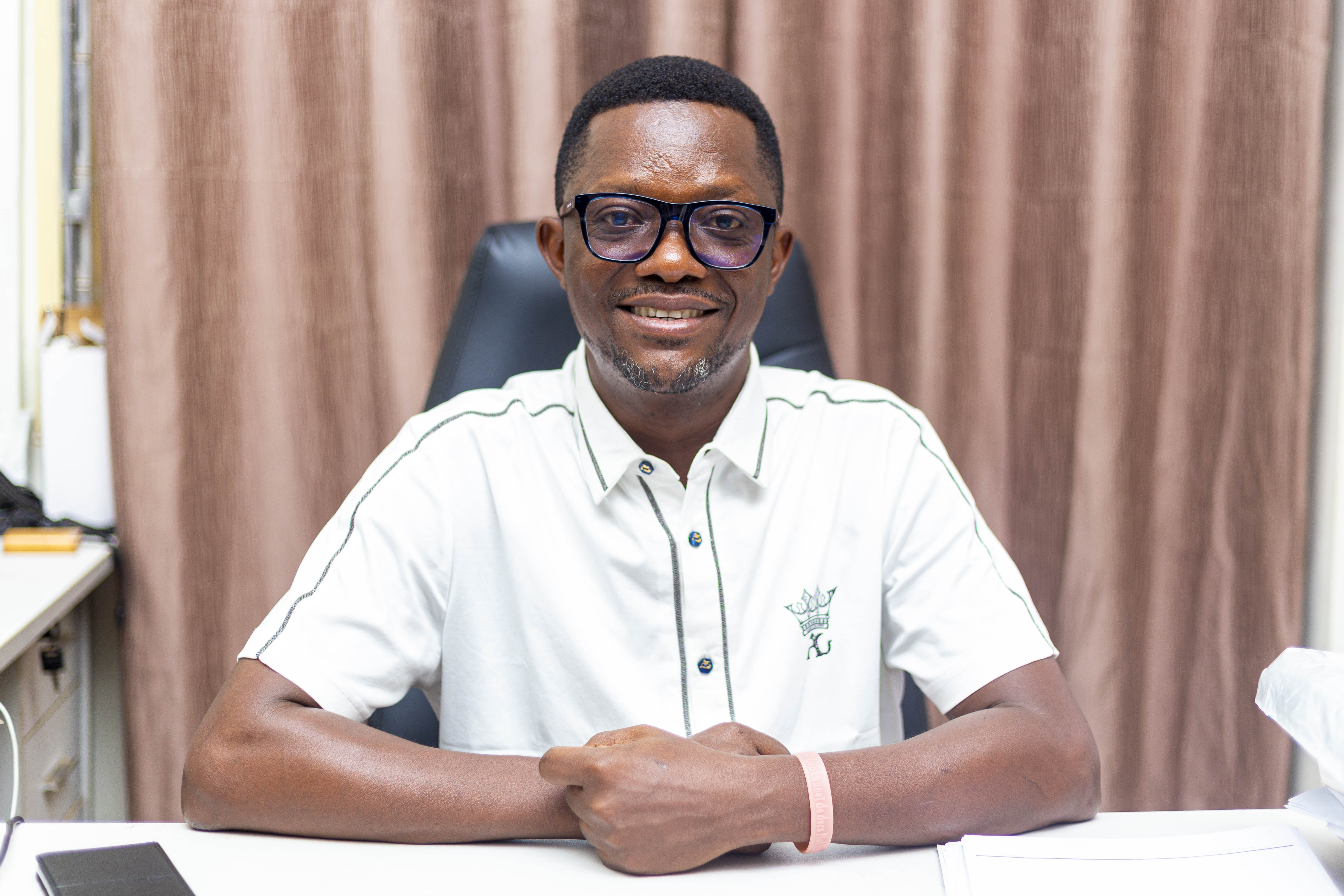Dr. Charles Sekyere, Chairman for Wind and Hydro Power Group under the Brew-Hammond Energy Centre, has underscored the urgent need to develop small hydro power projects to support rural electrification across Ghana.
According to Dr. Sekyere, many rural and island communities across the country lack access to electricity due to the challenges of extending the national grid to remote locations. However, these areas often possess untapped hydro resources, such as rivers, waterfalls, and other water bodies, that can be harnessed for energy generation through small-scale hydro projects.
“There are some communities we can never extend the national grid to, but they have small hydro resources that can be developed into pico, micro, and mini hydro power plants. These can support the rural electrification agenda,” he stated.
Dr. Sekyere revealed that the primary objective of his group is to build capacity for the development and implementation of real-life wind and hydro power plants to serve rural areas, where access to electricity remains significantly lower compared to urban centres.
“Electrification in urban areas is quite straightforward, but rural areas face major challenges, especially island and mountainous communities. We aim to position ourselves to design and implement power solutions using locally available materials to improve access in these underserved regions,” he said.
The Centre is currently partnering with the Volta River Authority (VRA) to explore hydrogen energy solutions and is conducting feasibility studies on a river within the KNUST campus. A PhD student is leading this initiative intending to develop a real-life demonstration project.

Dr. Sekyere emphasised that even small hydro plants, when strategically installed in local communities, could provide reliable electricity to essential facilities such as clinics, schools, and homes.
He noted that while hydropower is well-established in Ghana, the development of wind power remains relatively slow because of the existence of data that points to the fact that Ghana does not have sufficient wind resources nationwide compared with hydropower.
“The wind resource in Ghana is not very strong, and it’s mainly available in and other parts of the Volta region where the wind can reach between 6 and 8 m/s. The VRA is developing two large wind farms namely; the Ayitepa farm (225 MW gross) and the Konikablo wind farm (200 MW), which will give impetus to the development of wind turbines in Ghana.”
These projects aside, Dr. Sekyere believes that Ghana has appreciable wind energy resources in remote rural settings, adequate enough for the development of small horizontal axis wind turbines to also support the rural electrification in smaller communities in significant ways. He stressed that the wind and hydropower group is seriously considering conducting feasibility studies in several rural areas to ascertain the strength of the wind resource for development.”
He concluded by calling on government, policymakers, and academia to support initiatives by research centres, particularly the Brew-Hammond Energy Centre.
“Many people underestimate what we can do as academics, but we have well-trained professionals who are ready to apply their knowledge and make meaningful contributions to the energy sector.”

